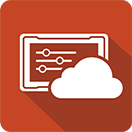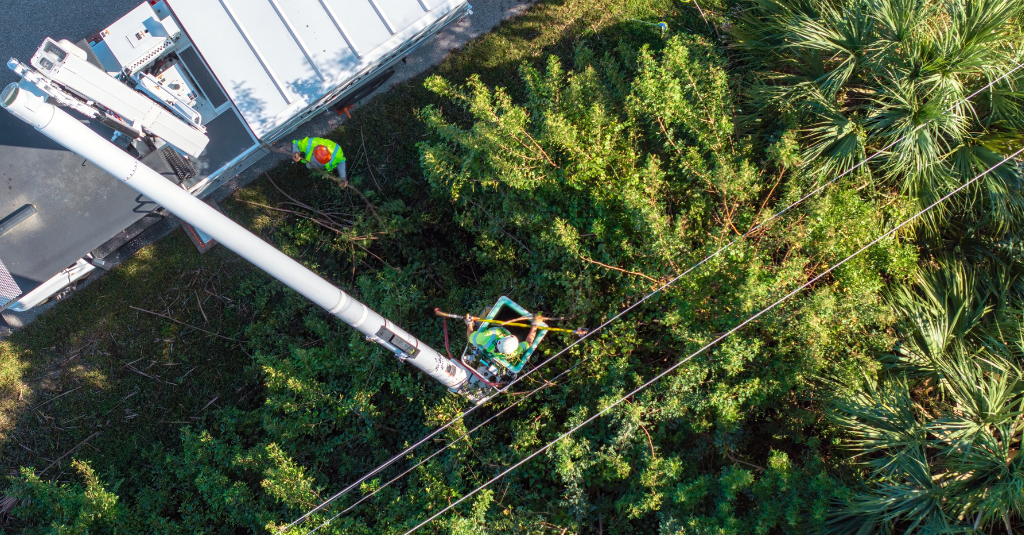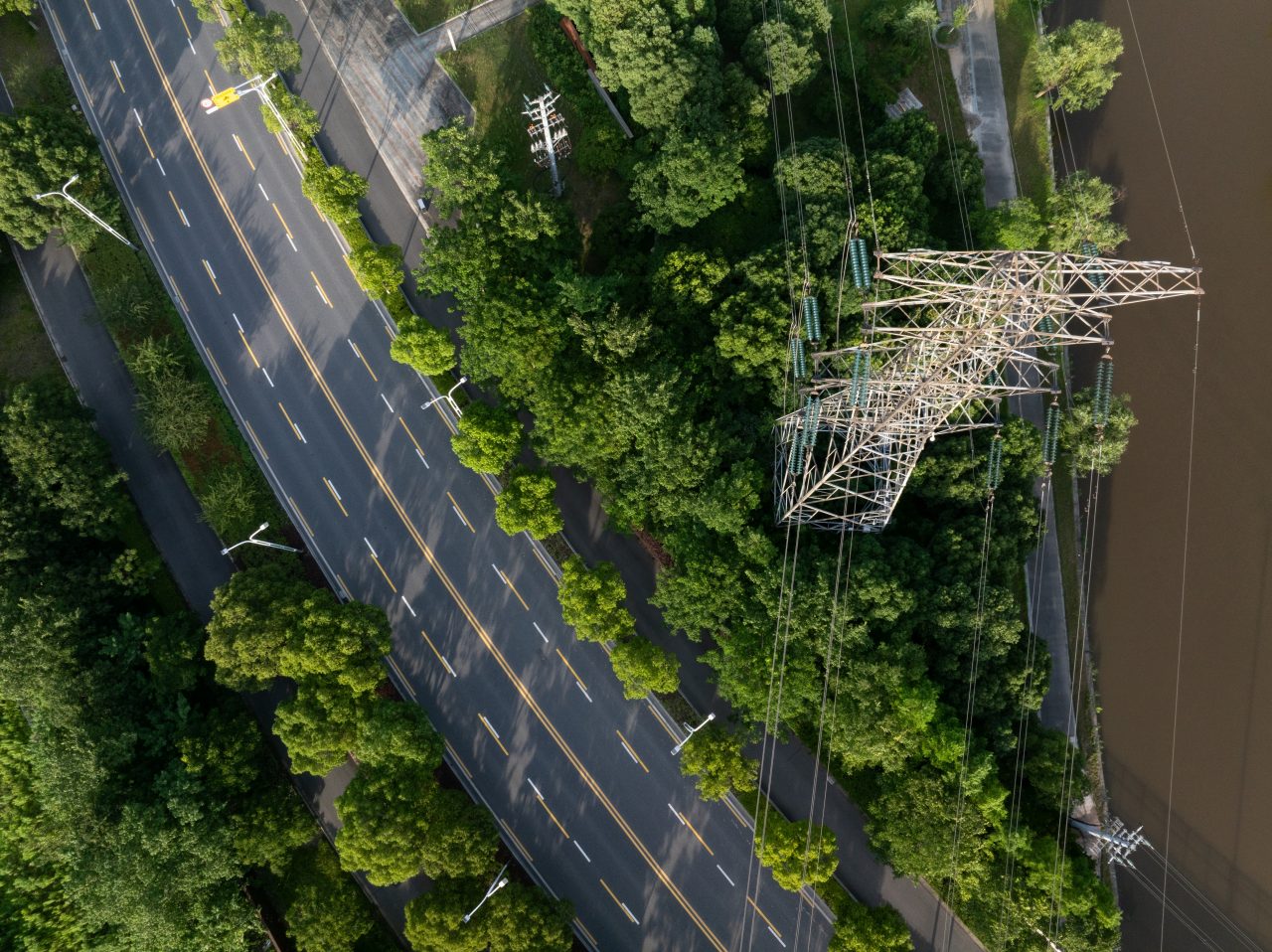Addressing Industry Transformation Pressures
The utility sector faces unprecedented transformation pressures, making strategic technology investments more critical than ever. Comprehensive utility vegetation management programs are essential to address these transformation pressures and ensure ongoing reliability. Service providers increasingly tailor their offerings to meet the specific needs of their clients in the utility sector, focusing on customer satisfaction and system customization. The global utility services market, valued at approximately USD 1.65 billion as of 2024, is expected to expand to around USD 3.84 billion by 2033, reflecting a compound annual growth rate (CAGR) of 9.8%. This growth trajectory requires utilities to embrace digital transformation while managing existing infrastructure challenges.
Grid Modernization Requirements
Modern utility vegetation management cannot be viewed in isolation from broader grid modernization efforts. The energy transition is reshaping the utilities sector, with a strong emphasis on reducing greenhouse gas emissions and bolstering grid resilience. Many utility companies and electric utilities are adopting rugged AI devices to enable vegetation management teams to contribute meaningfully to these broader objectives by providing data and insights supporting overall system resilience and environmental compliance.
Regulatory Compliance and Documentation
Federal and state regulators are tightening expectations regarding infrastructure resilience and carbon footprint reduction, creating compliance pressures that extend to utility vegetation management operations. Increased media attention is driving stricter regulatory oversight of vegetation management practices, further intensifying the need for robust compliance measures. In addition to supporting compliance, these measures also enhance the security of critical infrastructure by helping prevent outages and security breaches. Rugged AI devices enable utilities to maintain detailed compliance records, demonstrate proactive risk management, and respond quickly to regulatory inquiries or incident investigations.
Advanced documentation capabilities built into rugged AI systems provide audit trails necessary for regulatory compliance while reducing administrative burden on field personnel. This capability becomes particularly valuable as regulatory oversight intensifies and utilities face increasing scrutiny of their vegetation management practices.
Strategic Implementation Approaches
The successful deployment of rugged AI devices for utility vegetation management requires strategic planning that aligns technology capabilities with operational requirements and organizational objectives. Effective right of way management and right of way clearing are essential steps in preparing sites for utility vegetation management, ensuring safe and accessible corridors for equipment and personnel. Construction activities, such as site grading and infrastructure development, play a critical role in site preparation for utility projects. After vegetation management and construction activities are completed, the commissioning phase serves as the final step to verify that all systems are fully operational and ready for service.
Phased Deployment Strategy
Rather than attempting wholesale system replacement, utilities can achieve maximum value through phased deployment strategies, building capability incrementally while minimizing operational disruption. Initial deployments can focus on high-risk areas or specific operational challenges, enabling organizations to develop expertise and refine their processes before implementing them more broadly. The establishment of dedicated teams or programs for vegetation management within utility rights-of-way is crucial to ensure ongoing maintenance and control of vegetation growth, thereby preventing unwanted growth and the establishment of invasive species.
System Integration Requirements
Effective deployment of rugged AI requires seamless integration with existing enterprise asset management (EAM) and enterprise resource planning (ERP) systems. This integration ensures AI-generated insights provide accurate source data for work orders and resource allocation decisions. Established best practices for managing way corridors are essential for successful integration, supporting safety, access, and reliability in utility and water infrastructure management.
Training and Change Management
The industry is undergoing rapid change, with a mix of energy sources emerging from both renewable and traditional sources. These, combined with digital transformation and the implementation of smart grids and smart meters, mean that organizations must quickly ramp up worker training. Comprehensive training programs enable field personnel to understand and effectively leverage new capabilities.
Measuring Success and ROI
The implementation of rugged AI devices in utility vegetation management creates opportunities for data-driven performance improvement that extends far beyond traditional maintenance metrics. Organizations can track both immediate operational improvements and long-term strategic benefits, such as risk reduction, cost avoidance, regulatory compliance enhancement, and the overall health of the ecosystem, as part of their vegetation management outcomes.
Key performance indicators should encompass operational metrics, such as response time and resource utilization, as well as strategic metrics, including system reliability, safety incident reduction, total cost of ownership, and monitoring the presence and control of weeds, all of which can serve as success metrics. The comprehensive data collection capabilities of rugged AI devices enable utilities to develop sophisticated performance dashboards, providing real-time visibility into the effectiveness of vegetation management. These dashboards can present a customized selection of metrics tailored to each utility's specific needs, ensuring that the most relevant data is highlighted for decision-making.
Conclusion: Getting Future-Ready
The deployment of rugged AI devices for utility vegetation management represents more than a technology upgrade; it constitutes a strategic investment in long-term operational resilience and competitive advantage. As the utility sector faces increasing complexity due to climate change, regulatory pressure, and aging infrastructure, organizations that invest in intelligent, durable technology solutions will be best positioned to navigate these challenges successfully. Rugged AI devices help reduce the risks posed by unwanted vegetation by enabling more effective detection and control of hazardous trees, brush, and invasive species, thereby improving safety and reliability.
The combination of AI-powered predictive capabilities, rugged engineering for harsh environments, and extended operational life creates a value proposition addressing both immediate operational needs and long-term strategic objectives. For utilities serious about future-proofing their vegetation management operations and improving service reliability for customers, the question is not whether to adopt these technologies, but how quickly and effectively they can be integrated into comprehensive operational strategies.
By choosing rugged AI devices designed for extended service life and broad compatibility, utilities can defer major technology refresh cycles while continuously enhancing their vegetation management capabilities. This approach delivers both immediate operational improvements and long-term cost containment, creating sustainable competitive advantages in an increasingly challenging operating environment.
For utility providers wanting to future-proof their operations with rugged, AI-capable tablets, contact Getac to explore customized implementations that align with strategic objectives and field service demands.
Glossary of Key Terms
Rugged Device: A computer or tablet built to withstand extreme temperatures, vibration, water, and dust.
AI-Powered Vegetation Management: The use of artificial intelligence to forecast plant growth and deploy crews efficiently.
Total Cost of Ownership (TCO): The full lifecycle cost of a device, including maintenance, support, and replacement.
Predictive Analytics: AI tools that use past data and current conditions to forecast future outcomes.
Grid Modernization: Upgrading energy systems to improve resilience, reliability, and sustainability.
Frequently Asked Questions
What is utility vegetation management?
Utility vegetation management is the process of controlling tree and plant growth near power lines to prevent outages, reduce wildfire risk, and ensure infrastructure safety.
Why do utilities use rugged AI devices for vegetation management?
Rugged AI devices provide predictive analytics, real-time decision support, and resilient hardware for crews in remote or hazardous environments.
How does AI reduce vegetation management costs?
AI systems forecast risks and optimize crew deployments, cutting unnecessary field operations and reducing equipment damage or power outages.
What’s the ROI of using rugged devices in utility operations?
Rugged devices reduce replacement cycles, enhance uptime, support regulatory compliance, and lower total cost of ownership.




































